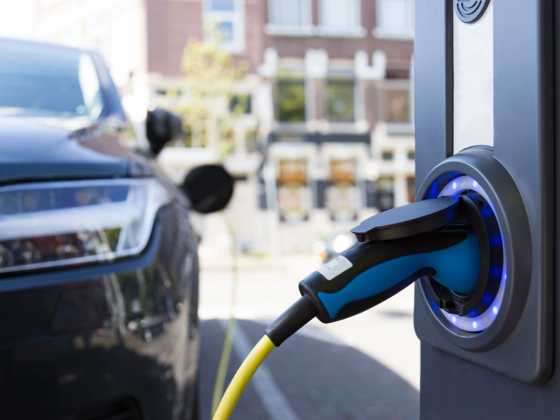Data shows positive results from London-wide ULEZ expansion

New data has shown that the expansion of the Ultra Low Emission Zone (ULEZ) across the whole capital last August is working at driving down emissions and improving air quality.
The data, which covers the first six months of the expansion across all London boroughs, shows that pollutant emissions in 2023 with the are dramatically lower now compared to a scenario without the London-wide ULEZ expansion.
Within the outer London ULEZ area, NOx emissions from cars and vans are estimated to be 13 per cent and seven per cent lower than a scenario without the expansion. This is equivalent to removing 200,000 cars from the road for one year.
PM2.5 exhaust emissions from cars in outer London are estimated to be 22 per cent lower than without the expansion (six per cent more than expected).
Across all measures, these impacts are aligned with, and in many cases greater than, what TfL estimated in the consultation for the outer London expansion.
NOX emissions savings in outer London now represent over 90 per cent of the total emission reductions seen in London as a result of the London-wide expansion.
The report also shows that, compared to what roadside NO2 concentrations are estimated to have been in different parts of London without the ULEZ and its expansions: Levels in Outer London are estimated to be 21 per cent lower; Levels in Central London are estimated to be 53 per cent lower; and levels in Inner London are estimated to be 24 per cent lower.
The report shows that London’s air quality at the roadside is continuing to improve at a faster rate than the average for the rest of England. In 2014, the gap in nitrogen dioxide (NO2) levels between London and the rest of England was 20 µg/m3, whereas now it is less than 5 µg/m3. The expansion brought five million more Londoners into the ULEZ, and today’s report shows that outer London - which has historically had worse air quality than the rest of England average – now has levels of pollution much closer to levels in the rest of the country.
Even in the short six-month timeframe covered by the report, roadside NO2 concentrations in outer London have dropped by up to 4.4 per cent compared to what would have been expected without the London-wide expansion of the scheme. Given the size of outer London, every percent makes a huge difference.
Compliance levels have also increased further than expected, with 96.2 per cent of all vehicles subject to the ULEZ recorded driving in London now compliant, up from 90.9 per cent in June 2023. This has been aided by the Mayor’s £210m scrappage scheme, launched in January 2023 to support Londoners to switch to cleaner vehicles, with 53,351 applications approved so far and over 300 donated to humanitarian and medical efforts in Ukraine.
There are now fewer older, more polluting vehicles driving in London, with 90,000 fewer non-compliant vehicles detected on an average day in February 2024 compared to June 2023, representing a 53 per cent reduction in non-compliant vehicles in the first six months of operation.
The Mayor of London, Sadiq Khan, said: “The decision to expand the ULEZ London-wide was a difficult one, but necessary to save lives, protect children’s lungs and help reduce the risk of Londoners developing asthma, dementia and a host of other health issues. Today’s report shows that the ULEZ is working even better than expected. The expansion to outer London is already having a significant effect – driving down levels of pollution, taking old polluting cars off our roads and bringing cleaner air to millions more Londoners.
“London’s air quality is improving at a faster rate than the rest of England, and 96 per cent of vehicles are now compliant, with tens of thousands of Londoners benefitting from our scrappage scheme. It's thanks to our bold policies, including ULEZ, that we are now set to get London’s air to within legal limits by 2025, 184 years earlier than previously projected. But there’s still more to do and I promise to continue taking bold action – including more to clean up out air and rivers – as we build a fairer, greener London for everyone.”



